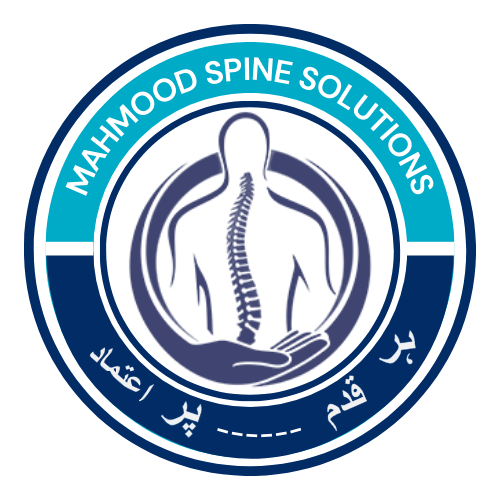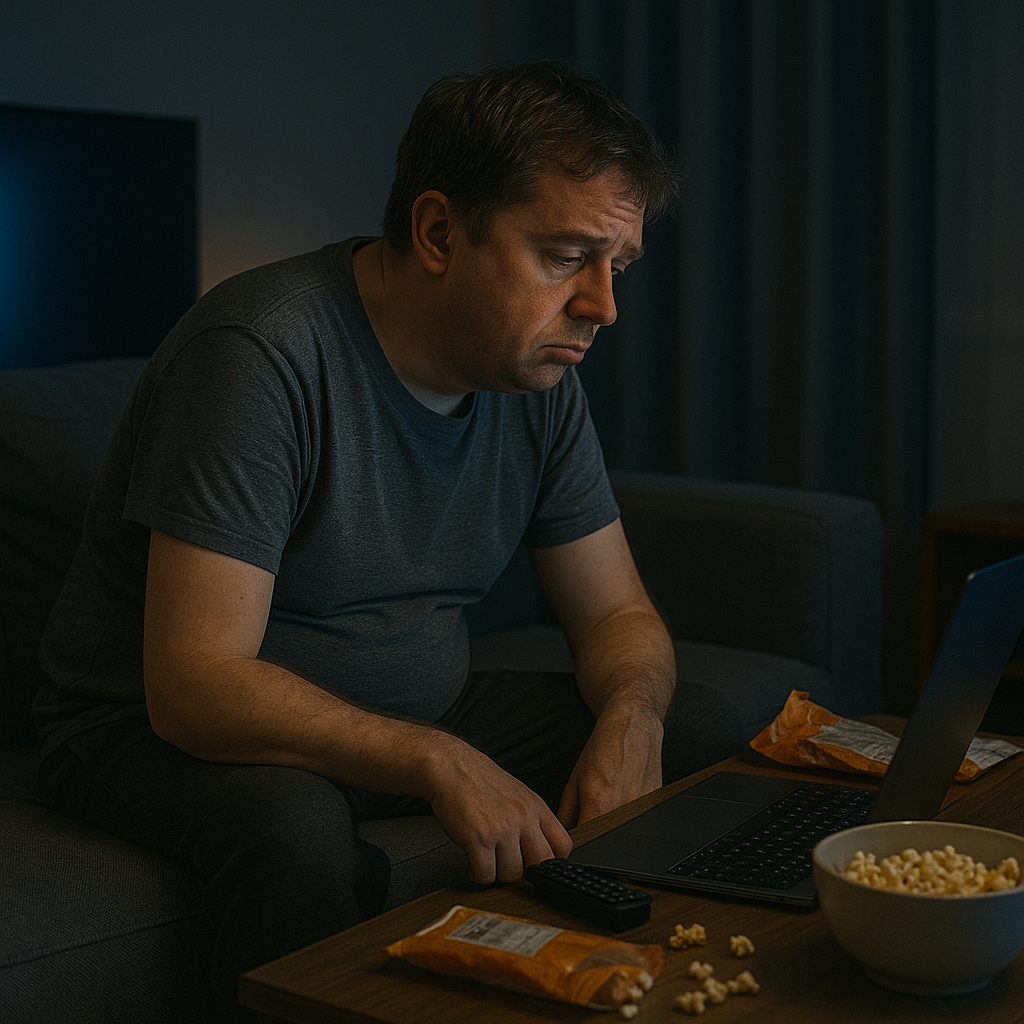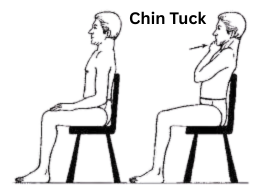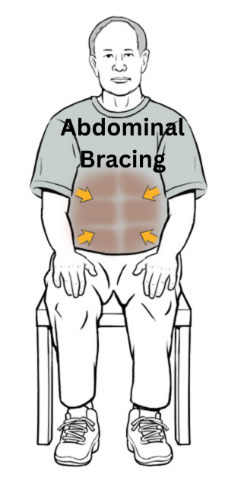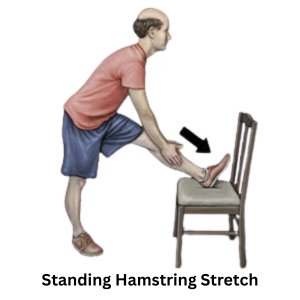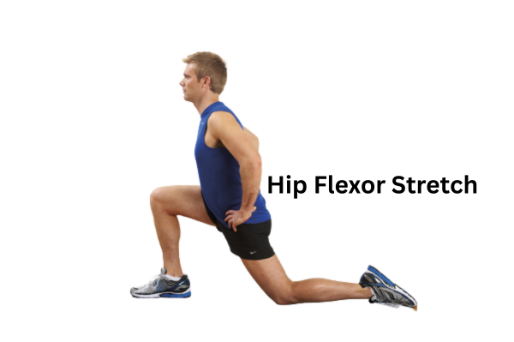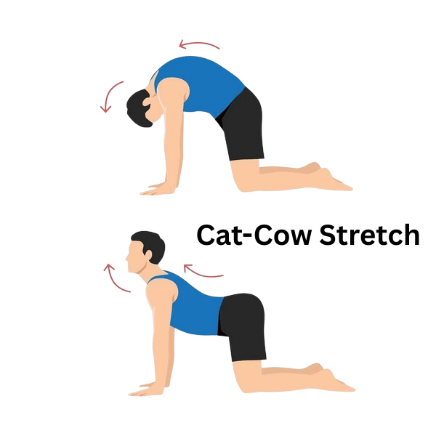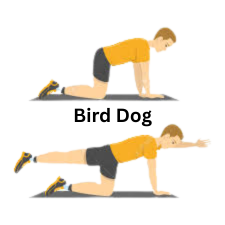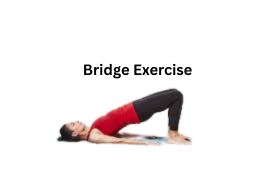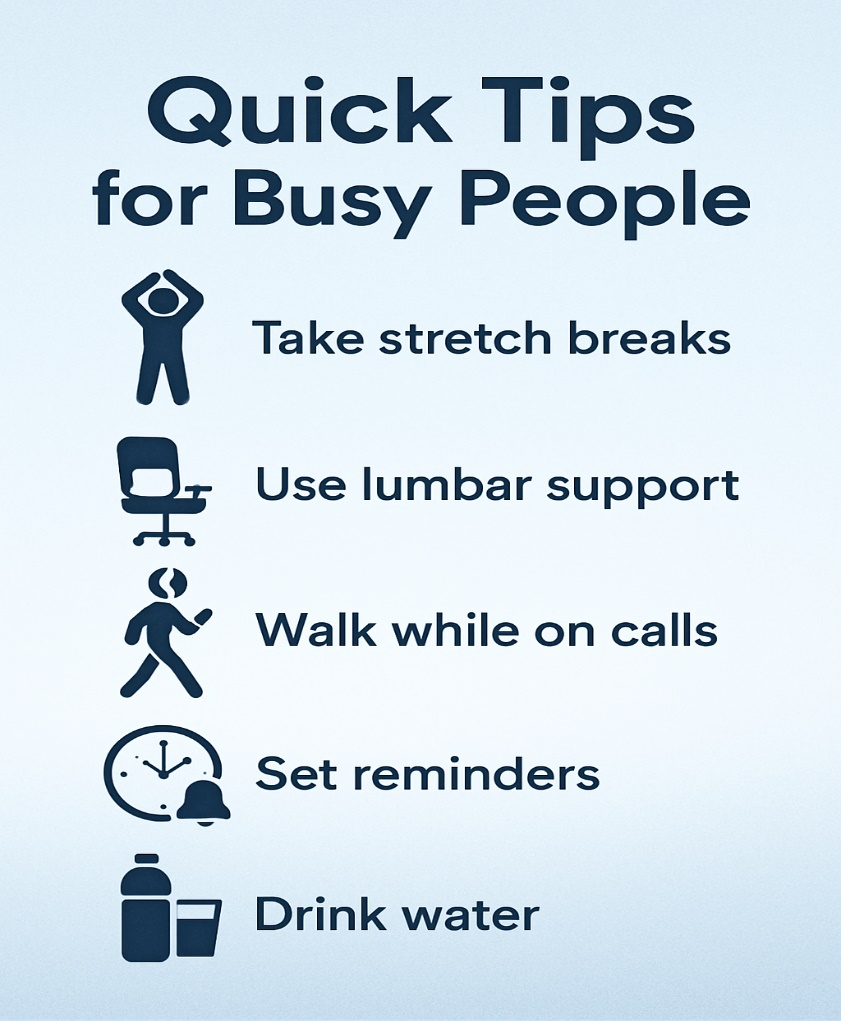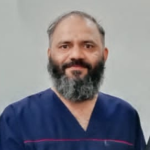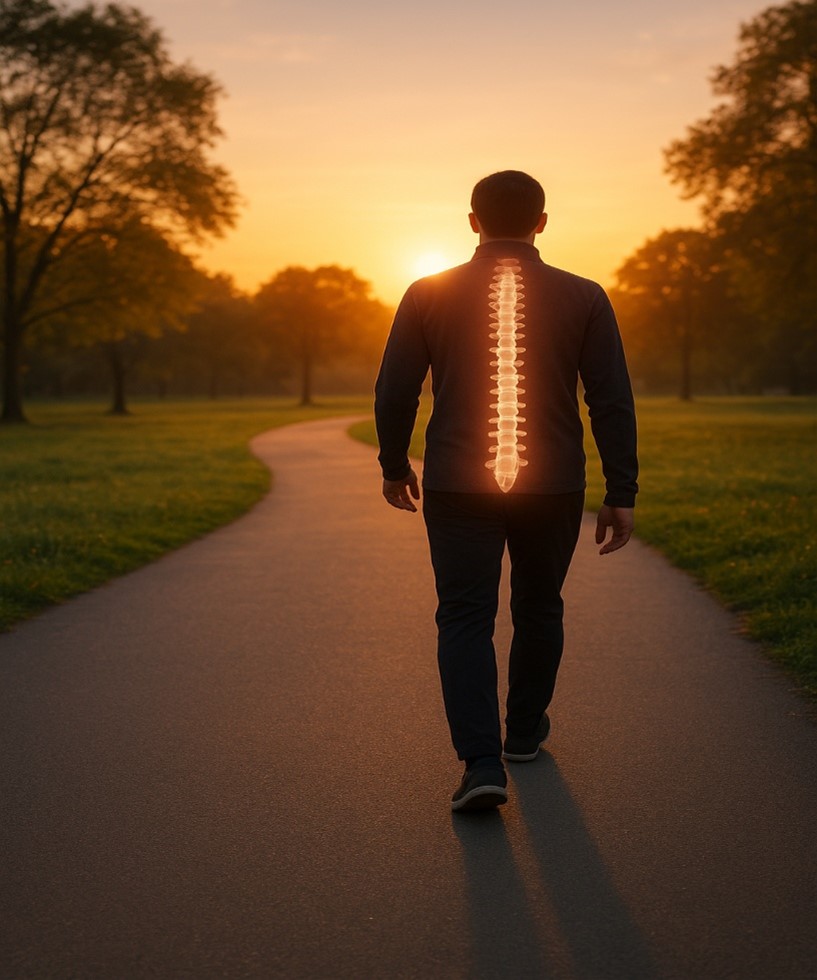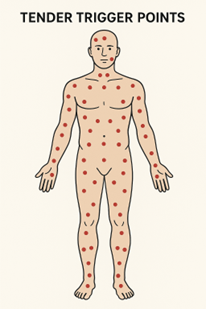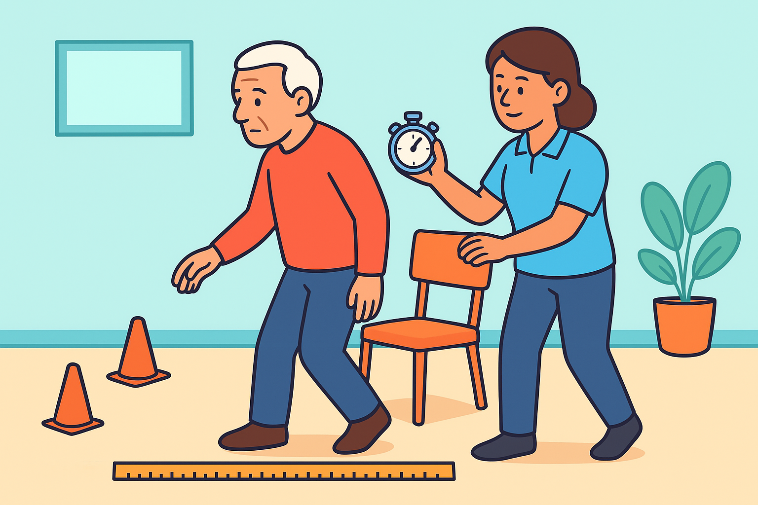In today’s fast-paced, screen-dominated world, many individuals—especially professionals and office workers—lead sedentary lifestyles. This inactive lifestyle and weak spines are closely linked, as prolonged inactivity significantly contributes to weak core and spinal muscles, poor posture, back pain, and other musculoskeletal issues. Fortunately, physiotherapy offers simple, time-efficient solutions that busy individuals can integrate into their daily routine.
How Inactivity Affects the Spine:
When the body is inactive for extended periods:
- Spinal muscles weaken due to disuse.
- Core strength declines, reducing spinal support.
- Postural imbalances like slouched shoulders and forward head posture develop.
- Disc health deteriorates due to a lack of movement and hydration.
- Circulation decreases, increasing stiffness and pain.
These issues can eventually lead to chronic back pain, herniated discs, and early degenerative spine conditions.
Role of Physiotherapy:
Physiotherapy addresses both prevention and treatment by:
- Strengthening spinal and core muscles.
- Improving flexibility and posture.
- Reducing pain and stiffness.
- Re-educating movement patterns for long-term spinal health.
For busy individuals, physiotherapists tailor exercises that are:
- Time-efficient
- Equipment-free
- Home-based
- Easy to integrate into work breaks
Simple Physiotherapy Solutions for Busy People:
1. Desk-Based Postural Reset:
- Chin Tuck (Neck Retraction): Improves neck posture.
How to do: Sit upright, pull your chin back to create a double chin. Hold for 5 seconds. Repeat 10 times.
- Shoulder Blade Squeeze:
How to do: Sit tall, squeeze your shoulder blades together, hold for 5 seconds, then release. Repeat 10 times.
2. Core Activation for Spinal Stability:
- Abdominal Bracing (Can be done seated):
How to do: Contract your abdominal muscles as if tightening a belt. Hold for 5–10 seconds. Repeat throughout the day.
- Pelvic Tilts (Seated or Standing):
How to do: Gently tilt your pelvis forward and backward to mobilize the lower spine. Perform 10–15 reps.
3. Micro-Stretches to Release Tension:
- Standing Hamstring Stretch:
How to do: Stand and place one heel on a chair, keep the leg straight, and hinge forward.
- Hip Flexor Stretch (Lunge Position):
Open the tight hips caused by prolonged sitting.
- Cat-Cow Stretch (Seated or on all fours):
Alternates spinal flexion and extension to improve mobility.
4. Spinal Strengthening (5–10 Minutes a Day):
- Bird-Dog Exercise (On all fours):
Strengthens back extensors and core.
- Bridge Exercise:
Strengthens glutes and lower back.
- Wall Angels:
Mobilizes shoulders and thoracic spine, counters hunching.
Quick Tips for Busy People:
- Stand and stretch every 30–60 minutes.
- Use a lumbar support cushion while sitting.
- Opt for walking meetings or calls when possible.
- Set reminders to perform 1-2 posture exercises every few hours.
- Stay hydrated —it supports spinal disc health.
When to See a Physiotherapist:
Seek professional help if:
- You have persistent or severe back pain.
- Postural exercises do not improve discomfort.
- There’s numbness, tingling, or radiating pain.
A physiotherapist can perform a detailed assessment and create a customized plan based on your posture, strength, work habits, and spine condition.
Conclusion:
Even with a hectic lifestyle, small, consistent actions can lead to significant improvements in spinal health. For those affected by an inactive lifestyle and weak spines, targeted physiotherapy-based exercises and awareness can help busy individuals prevent and even reverse the negative effects of a sedentary routine. A healthy spine supports not only better posture but also enhanced energy, productivity, and overall well-being.
About Authors
Dr. Muhammad Mahmood Ahmad is a Spinal as well as an Orthopedic Surgeon with over 14 years of experience currently practicing at Razia Saeed Hospital, Multan.
